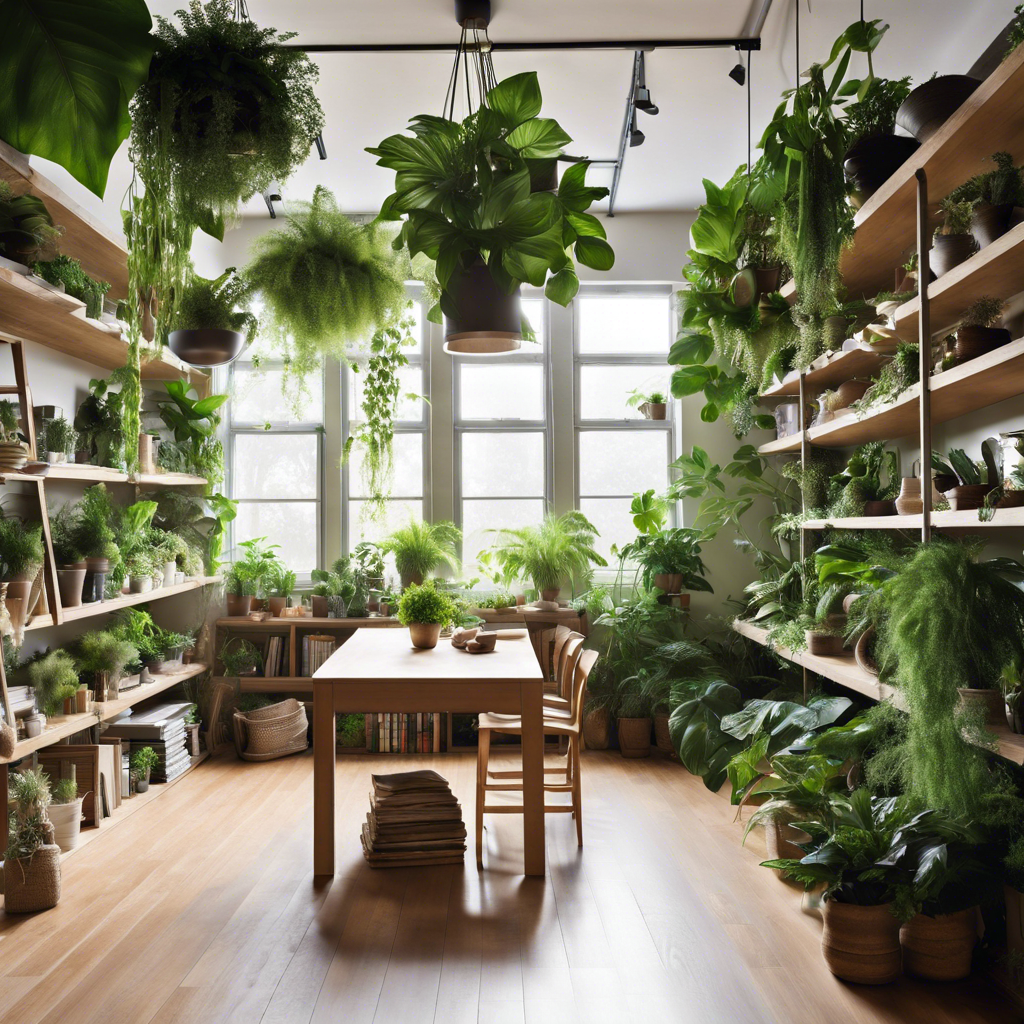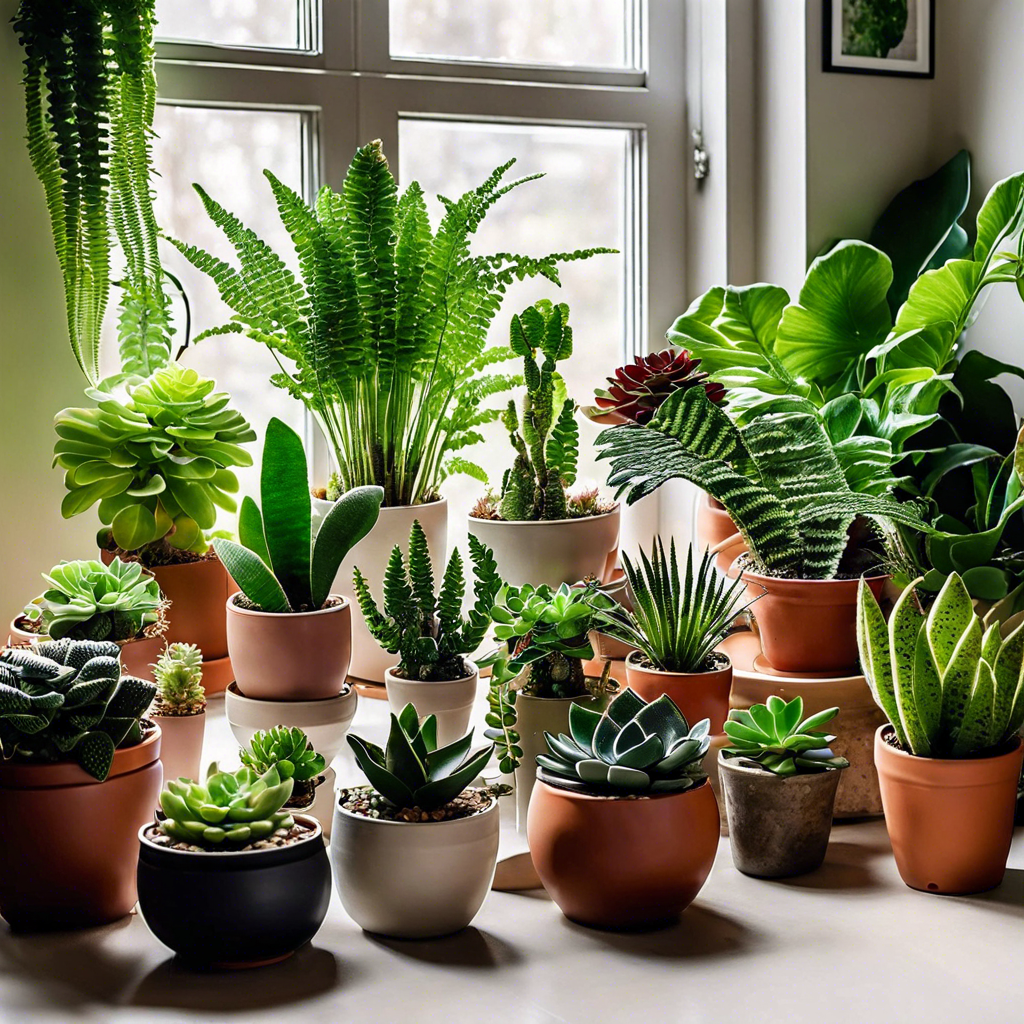
Indoor plants
The Ultimate Guide to Snake Plant Care for Beginners


DINKAR
10/20/2024
Introduction
The Snake Plant, also known as Sansevieria, is one of the most popular indoor plants for beginners. Known for its resilience and ability to thrive in various conditions, the Snake Plant is the perfect addition to any home. In this guide, we'll explore why the Snake Plant is so easy to care for, its benefits, and how to ensure it stays healthy and vibrant.
Why Choose a Snake Plant?
The Snake Plant is a top choice for those new to indoor gardening. Here's why:
- Low Maintenance: Snake Plants require minimal care, making them ideal for beginners or those with busy schedules.
- Air Purifying: Studies have shown that Snake Plants help remove toxins like formaldehyde, benzene, and xylene from the air, improving indoor air quality.
- Tolerant of Low Light: If you live in a low-light environment or have limited access to natural sunlight, a Snake Plant can still thrive.
- Aesthetically Pleasing: With its upright, sword-like leaves, the Snake Plant adds a touch of modern elegance to any room.
How to Care for Your Snake Plant
Caring for a Snake Plant is incredibly simple. Here’s a detailed guide on how to keep it thriving:
1. Lighting Requirements
Snake Plants can survive in various lighting conditions, from bright indirect sunlight to low light. While they prefer bright, indirect light, they can adapt to low-light areas, making them perfect for offices or rooms with limited natural light.
2. Watering Needs
Overwatering is the most common mistake people make with Snake Plants. Here's what to remember:
- Allow the soil to dry out completely between waterings.
- In winter, reduce watering even further, as the plant enters a dormancy period.
- A good rule of thumb is to water once every 2-3 weeks, depending on humidity and temperature.
3. Ideal Soil Type
Snake Plants prefer well-draining soil, like a cactus or succulent mix. Adding perlite or sand to your potting mix can improve drainage and prevent root rot.
4. Temperature and Humidity
Snake Plants thrive in temperatures between 60°F to 85°F (16°C to 29°C). They can tolerate occasional temperature fluctuations but avoid placing them near drafts or cold windows in the winter.
5. Fertilizing Your Snake Plant
Fertilizing isn’t necessary, but if you want to encourage growth, use a balanced houseplant fertilizer once a month during the growing season (spring and summer).
Common Problems and Solutions
While Snake Plants are low-maintenance, they can encounter a few common issues:
1. Yellowing Leaves
- Cause: Overwatering or poor drainage.
- Solution: Allow the soil to dry out and ensure your pot has proper drainage.
2. Brown Leaf Tips
- Cause: Low humidity or underwatering.
- Solution: Increase humidity around the plant by misting it occasionally, or check your watering routine.
3. Root Rot
- Cause: Excessive watering and poor drainage.
- Solution: Repot the plant in fresh, well-draining soil and trim any affected roots.
Propagating Snake Plants
One of the best things about Snake Plants is how easy they are to propagate. There are two common methods:
- Division: Simply divide the plant at the root level and replant each section into its own pot.
- Leaf Cuttings: Cut a healthy leaf into 2-inch sections and place them in water or soil. Roots will develop after a few weeks.
Benefits of Having a Snake Plant
The Snake Plant isn’t just beautiful; it also brings several benefits to your home:
- Improves Air Quality: Snake Plants are natural air purifiers, absorbing toxins and releasing oxygen.
- Reduces Allergies: By removing allergens like dust and mold spores from the air, Snake Plants can help reduce allergy symptoms.
- Increases Humidity: Plants naturally release moisture into the air, which can help combat dry indoor environments, especially during the winter months.
Decorating with Snake Plants
The Snake Plant is incredibly versatile when it comes to indoor decor. Here are some ideas on how to incorporate it into your home:
- Living Room Accent: Place it in a stylish pot and use it as a statement piece in your living room.
- Office Companion: Its ability to survive in low light makes it perfect for your home office or work desk.
- Bathroom Beauty: Snake Plants can thrive in humid environments, making them a great choice for bathroom decor.
Choosing the Right Pot for Your Snake Plant
The type of pot you choose for your Snake Plant is just as important as the soil or watering routine. Here are a few considerations when selecting the perfect pot:
1. Drainage
- Ensure that the pot has at least one drainage hole at the bottom. Snake Plants are highly susceptible to root rot if left sitting in water, so drainage is essential.
2. Size
- Choose a pot that is 1-2 inches larger in diameter than the root ball of your plant. Snake Plants like to be a little root-bound, so don’t pick a pot that’s too large.
3. Material
- Terracotta pots are a great choice because they allow the soil to dry out more quickly, which is beneficial for Snake Plants. Plastic or ceramic pots are also fine as long as they have proper drainage.
Snake Plant Varieties to Explore
Did you know there are several varieties of Snake Plants? While Sansevieria trifasciata (the most common type) is often the go-to, there are many beautiful and unique options to explore:
1. Sansevieria 'Laurentii'
- This is the classic Snake Plant with tall, green leaves edged in yellow. It's the most well-known and frequently found variety.
2. Sansevieria 'Moonshine'
- Known for its pale, silvery-green leaves, this variety adds a modern, sleek look to any space. It's perfect for minimalist decor enthusiasts.
3. Sansevieria 'Black Gold'
- This variety features dark green leaves with a striking yellow edge. Its bold color contrast makes it a stunning focal point in any room.
4. Sansevieria 'Cylindrica'
- Unlike traditional flat-leaved Snake Plants, the Cylindrica variety has round, tubular leaves that grow upright. These leaves can even be braided for a unique look!
5. Sansevieria 'Hahnii' (Bird's Nest Snake Plant)
- A dwarf variety of the Snake Plant, the Hahnii grows in a compact rosette shape, making it perfect for small spaces or as a desk plant.
Indoor Benefits of Snake Plants: Beyond Aesthetics
Having a Snake Plant in your home is not only an aesthetic choice but also a beneficial one. Let’s dive deeper into the many ways this amazing plant can improve your indoor environment:
1. Improved Air Quality
Snake Plants are some of the best indoor plants for improving air quality. NASA’s Clean Air Study found that they can remove harmful toxins like formaldehyde, trichloroethylene, xylene, and benzene from the air. By placing a few Snake Plants around your home, you can enhance air purification, leading to cleaner, fresher indoor air.
2. Releases Oxygen at Night
While most plants release oxygen during the day, Snake Plants continue to do so at night, making them ideal for bedrooms. This means they help improve sleep quality by producing oxygen while you rest.
3. Increased Productivity
Studies show that having plants in your home or workspace can boost productivity, creativity, and overall well-being. Snake Plants are an excellent choice for office environments since they require minimal care and still provide benefits like air purification and humidity control.
4. Low Allergen Levels
Snake Plants can help to lower indoor allergens. They reduce airborne allergens by trapping dust and particulate matter on their leaves, making the air around you cleaner. This can be especially helpful for people who suffer from allergies or asthma.
5. Low Maintenance
Whether you're a busy professional or someone who travels frequently, Snake Plants require very little maintenance. They are highly forgiving if you forget to water them, and they adapt to various light conditions, making them one of the easiest plants to care for indoors.
How to Style Your Space with Snake Plants
The Snake Plant is not only functional but also a versatile design element. Here’s how you can use it to enhance your decor:
1. Minimalist Decor
- Its tall, architectural shape makes it perfect for minimalist spaces. Use a sleek, monochrome pot to complement modern interiors, or opt for a bold pot to create a statement.
2. Bathroom Plants
- Since Snake Plants thrive in low light and can handle high humidity, they're an excellent choice for the bathroom. They’ll add a fresh, clean look while helping to purify the air.
3. Living Room Corners
- Place a larger Snake Plant in an empty corner of your living room to fill the space. Their upright growth habit helps add vertical interest, especially in rooms with high ceilings.
4. Office Greenery
- If you're looking to bring a bit of nature into your home office, a Snake Plant on your desk or near your workspace can help boost productivity and add a touch of green without taking up much space.
Final Thoughts on Snake Plant Care
In summary, the Snake Plant is the perfect indoor plant for both beginners and experienced plant lovers alike. With its low-maintenance care routine, air-purifying qualities, and sleek, modern aesthetic, it's easy to see why this plant is so popular. Whether you're decorating a small apartment, a spacious home, or even an office, the Snake Plant is a versatile option that will thrive with minimal effort.